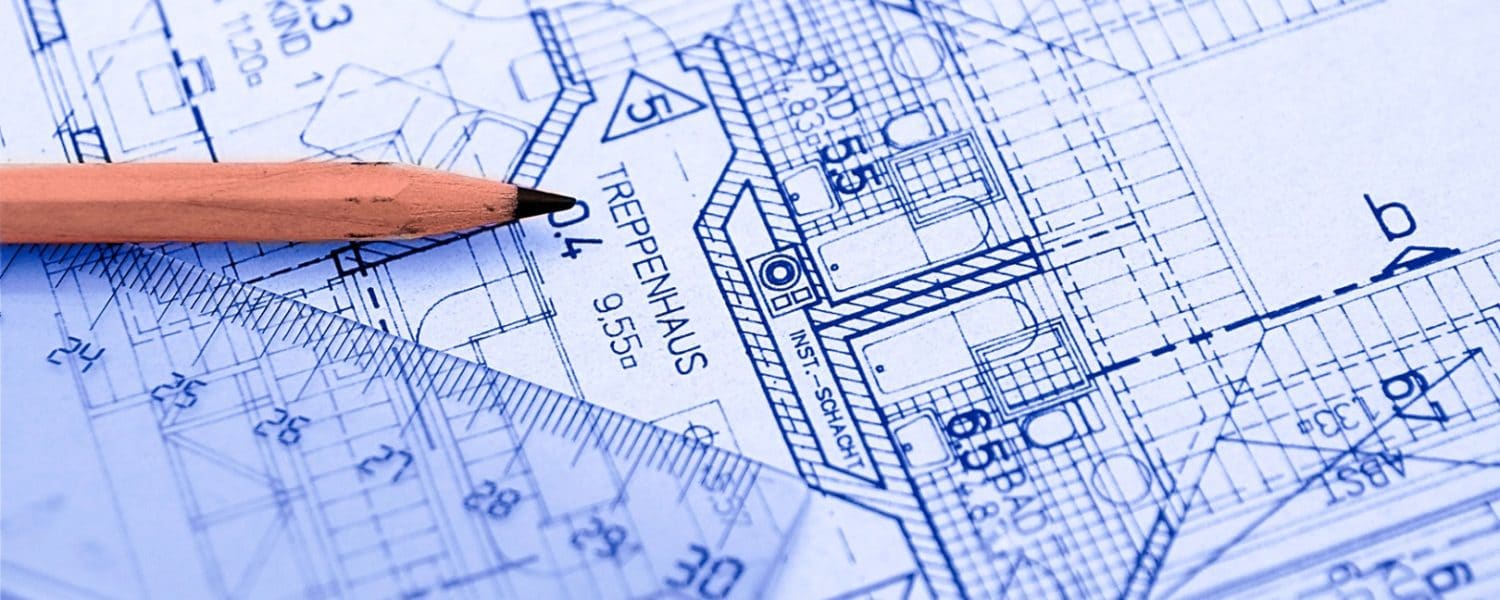By Andrew Glasmacher
Architects work with their clients to make sure their needs are met in a contemporary and tasteful way. Building designs can go from simple and utilitarian to grand and ornate, depending on budget and the client’s wishes.
Designs often include decorative rock or brick surfaces, large plate or stained glass windows, hard-surface floors, and high ceilings.
Functionality and aesthetics are considered the top priority, yet the most important factor—use of the space—is often overlooked.
Auditoriums have one primary purpose, which is the sharing of a message with an audience. The message may come in many forms, yet the unique acoustic properties of these spaces can make intelligibility difficult or even impossible in some cases, especially when amplified sound is integral to the use of the space.
Reverberation and Echoes
Reverberation can be defined as the collection of reflected sounds from the surfaces in an enclosure like an auditorium.
In some cases, reverberation can enhance and reinforce the sound of a performer such as a singer in an opera house. An echo is the repetition of a sound caused by reflection of sound waves from a surface.
The larger the space, the longer it takes for the echo to reach the listener, and, in extreme cases, the echo can be as loud as the direct sound, delayed several milliseconds to a full second or more.
In large spaces, such as museums, stadiums, school or church auditoriums, the effects of reverberation and echo on intelligibility are immediately perceptible.
The reflected sounds interfere with the direct sound and often make it difficult to understand what is being said.
Musical instruments and amplification contribute to the amount and level of sound being sent to the listener, and an overly reverberant room can become quite uncomfortable as the sound pressure levels increase.
Controlling Reverberation and Echoes
There are some design elements that can go a long way toward controlling unwanted sound reflections and improving intelligibility.
Installing carpeting instead of hardwood or stone flooring can help reduce reflections bouncing off the floor and back into the room.
Acoustical ceiling tiles keep echoes from bouncing back down to an audience.
Heavy draperies such as the type commonly used in theater can absorb a lot of reflections, as well.
Acoustic panels can be mounted on the walls and ceiling to provide absorption and control of reverb and echoes. Panels come in different thicknesses, a variety of colors, and are easily installed.
Feedback and Loudspeaker Placement
Feedback is often used in movie scenes to give the viewer a cue that a live microphone is being used, but it actuality it is something to be avoided.
Feedback can occur when the loudspeakers are either too close to or behind the microphones. It is caused by sound from the speakers “feeding back” into the microphone and being re-amplified with the result being a loud squeal or screech.
Speaker placement is a key factor in how well the sound reinforcement system can reproduce sound without feedback.
It is also important to consider the types of microphones that will be used. The type and pickup pattern of the microphone can greatly affect sound quality and resistance to feedback.
Ideally, speaker systems should be placed not only to avoid feedback, but also to provide even coverage throughout the space.
Here are some things to consider:
- Does an overflow area need audio coverage?
- Are there balconies or alcoves that require additional speakers?
- Is audio required in the lobby or entry areas?
Assistive Listening and Intelligibility
One out of five people in the United States (about 17%) experiences measurable hearing loss, with many experiencing a sharp loss of high frequencies starting at about 2kHz and above.
Loss of these critical high frequencies cause sound to be muffled and intelligibility to be lost.
Hearing aids can help restore some of these frequencies. A hearing aid consists of a microphone or sometimes an array of microphones in the body of the unit (behind-the-ear style).
The microphone picks up sounds and sends them to a processor inside the body of the unit. The processor is tuned by an audiologist to restore lost frequencies specific to each user, based on the results of their individual hearing test.
That processed sound is then sent directly into the ear canal via a tiny ear speaker. The effective range of the average hearing aid is about 6 to 10 feet, in a conversational scenario.
It is important to note that hearing aids amplify all sound, so using a hearing aid in noisy environments can be challenging.
Sounds in close proximity such as coughing, papers rustling, and HVAC noise can all be amplified and sent into the ear, mixing wanted and unwanted sounds together. The reverberation and echo present in a highly reflective room will only exacerbate the problem.
A good assistive listening system can help the hard of hearing understand what’s being said in these types of challenging listening situations.
An audio consultant or system integrator should always be involved in the design of a venue that will be utilizing amplified audio.
Try to choose one who specializes in the type of venue you are building. They are experts at making sure every word is heard and understood, as well as providing the best possible quality of audio for your budget.
Remember, the time to consider acoustics and audio systems is in the design phase, when at all possible.
Good acoustic design and acoustic treatments will assure none of the message gets lost.
Andrew Glasmacher is the sales channel marketing manager for Listen Technologies, www.listentech.com.










